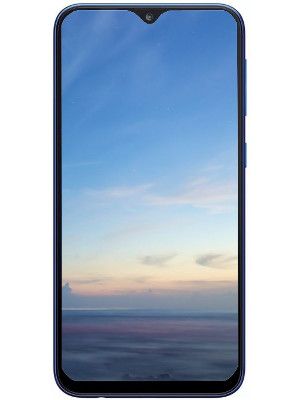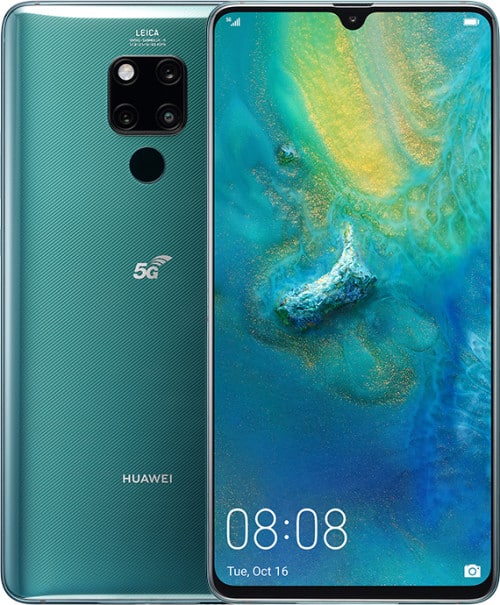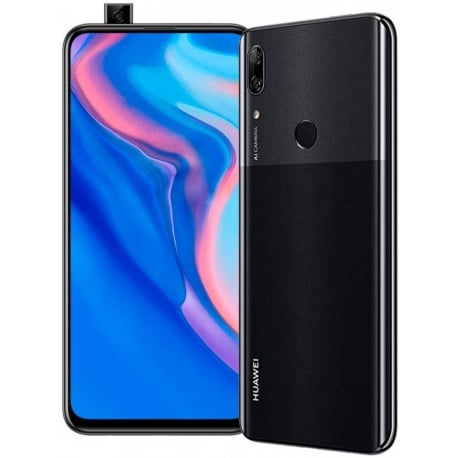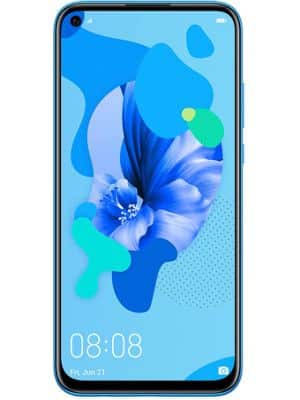While there are apps that will tell you directly if your phone is compatible with GCam, it doesn’t hurt to understand how these apps work. All you really need to do is check your phone’s compatibility with the Camera 2 API. Depending on the support for this API, your camera will support GCam and all its features… or not. But let’s go step by step. We’ll tell you right away what the Camera2 API is, how it’s useful for using GCam, and how to find out if your phone has it.
What is the Camera2 API and why is it needed to use GCam?
Camera2 is an Application Programming Interface or API. Specifically, it’s a camera API that acts as a bridge between apps and imaging sensors. It’s not something that users need to understand since it’s developer-only code, but it’s important to know that the Camera2 API is the link that allows camera apps to run on your Android.
Now, Camera2 is not the only camera API on Android. There is also Camera1 and CameraX, which are the “grandfather” APIs for Camera2 (although Google recommends that developers use CameraX for most applications). Does this mean Camera2 is the most powerful camera API for Android? That’s right, and that’s why it’s an important requirement for applications like GCam, which provide advanced photography functionality and use complex algorithms that take advantage of the capabilities of state-of-the-art sensors and processors.
Your phone may have Camera2 API and may not be compatible with GCam.
Now that you understand how important it is for your smartphone to have Camera2 API, we have some bad news for you. Although all smartphones have this API, many manufacturers restrict access to third-party applications. This means that only the official mobile camera application (pre-installed) can use the full set of cameras, and the rest (with limited access) cannot do this.
Surely you have read or someone told you that iPhone is better than Android for social networks because, for example, the Instagram app takes better photos on iPhone than on Android. And this is partly true, because Instagram doesn’t even use Camera2 or CameraX to take photos on Android, but instead takes a screenshot of the mobile’s native camera viewfinder. The result? Lower quality photos than those taken directly by native cameras.
Of course, not all camera apps on Android work like Instagram, but most don’t have access to all the features of Camera 2, and some don’t even bother to implement CameraX. An API designed to get around some of the limitations of manufacturers. But don’t despair, there are manufacturers that provide partial access to Camera2 to use GCam and you can check it yourself.
How do I know if my Android has Camera2 to use GCam?
The best way to find out the level of Camera2 your phone offers is to use the Camera2 API Probe app like this.
Install Camera2 API Probe from Google Play Store. Open Camera2 API Probe and check the Hardware Support Level section. To use GCam, you need to support LEVEL_3 or Full (if it looks green, you’re good).If you want to know, here’s what different hardware support level Camera2 API can mean: Legacy: Features are limited and designed for older Android devices. Limited: Some additional features compared to Legacy. Full – Allows manual control of the sensor. Flash, lens and post-processing settings, as well as high-speed image capture. If the Camera2 API is enabled with some restricted features, it will also fall into the full category.Step_3: Almost all features work and Camera2 API is fully enabled. The devices also support YUV reprocessing and RAW image capture with additional input stream configurations.
If your phone does not have Camera2 or is disabled, you must manually activate support for this API as described in this guide (requires root). Note that GCam can work even with Legacy and Limited levels, but many features will give you an error.

Does your phone have Camera2 API? Then you can install the GCam you want. Of course, this does not prevent you from seeing bugs or errors that prevent you from using this application, remember that GCam is only compatible with the Google Pixel and the versions of other phones are ports made by the community.
More information | Official website of Android developers





